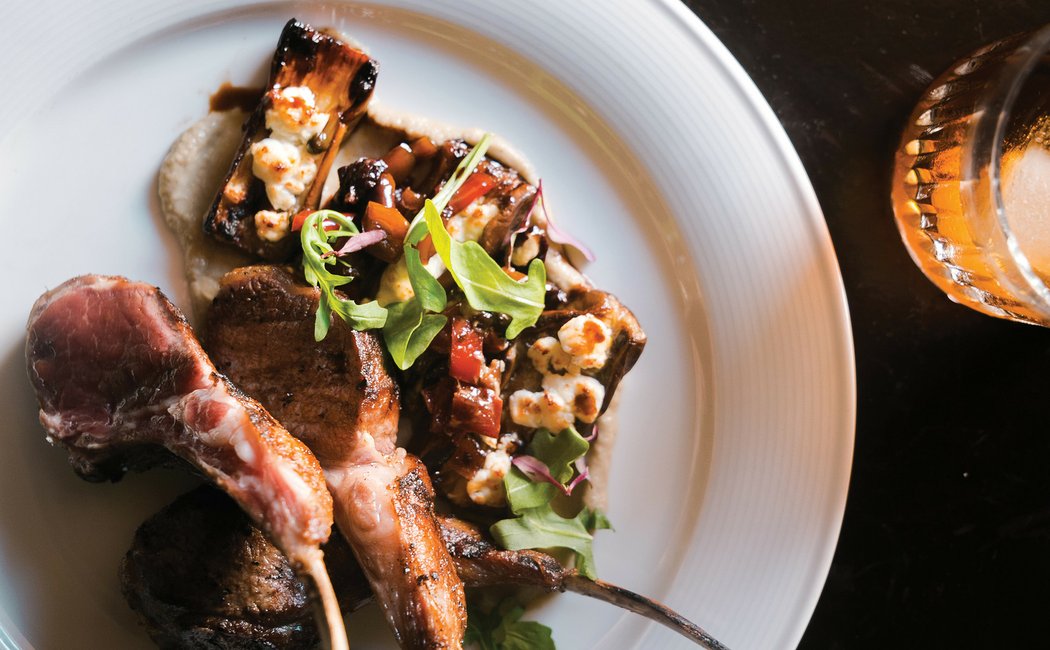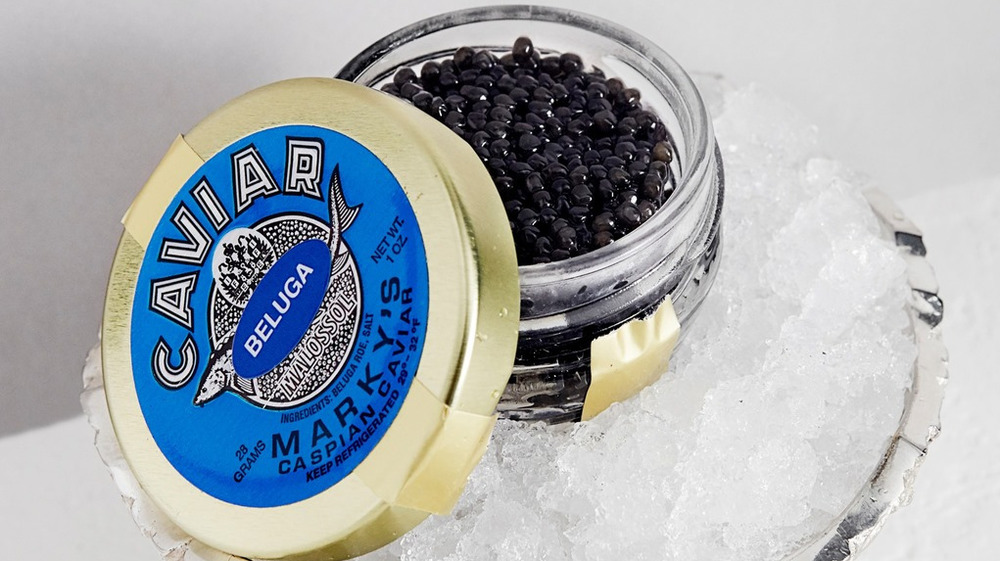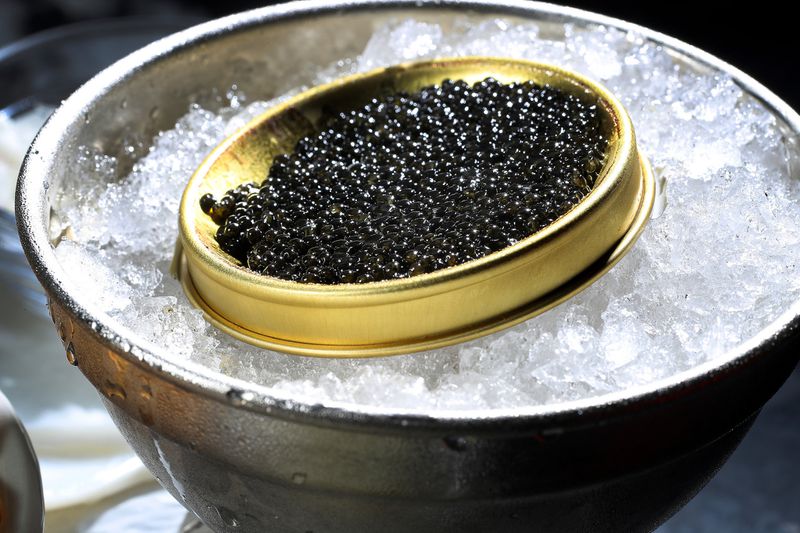From Bean to Bar: The Process of Making Chocolate
Welcome to Marky's Caviar and Gourmet Food, where luxury customer service meets top-tier quality products. For us, it's not just about the end result—it’s also about the method behind our success. Take chocolate for example a gourmet delicacy beloved by young and old alike! To give you an even deeper appreciation of this classic treat we want to look at its production process in more detail—from bean to bar so to speak. We'll trace each step of the journey from farm harvesting through to processing, roasting, refinement, and conching until finally it's transformed into those captivating morsels that melt on your tongue with delight. Join us on this exploration as we uncover the inner workings of chocolate making!
Basics of Chocolate Making - Where chocolate comes from, cocoa beans, and how it's processed
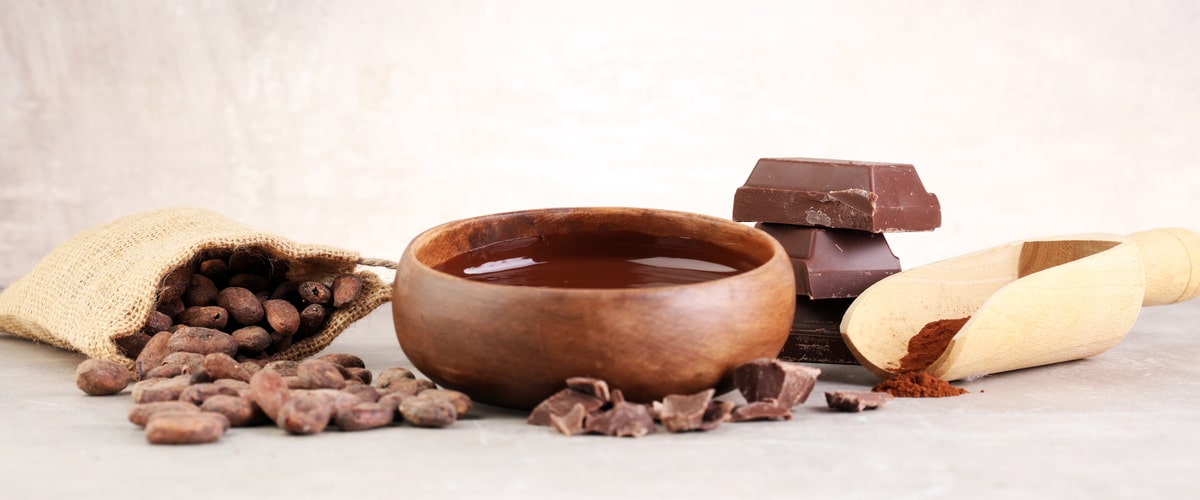
Welcome to the sweet world of chocolate making! Chocolate is a beloved treat consumed all over the globe, but where does it actually come from? It all starts with cocoa beans, which are harvested from tropical cacao trees. These beans are extremely bitter and are processed to create the rich, smooth chocolate that we all know and love. After the beans are harvested, they are fermented and then roasted. This process removes some of the bitterness and begins to develop the chocolate flavor. Once the beans are roasted, they are ground, and the result is chocolate liquor. This liquor is then pressed, separating the cocoa solids from the cocoa butter. Finally, the chocolate is blended with additional ingredients, such as sugar and milk, to create the sweet and creamy chocolate we adore. With this basic understanding of chocolate-making, you are ready to dive into the delicious world of chocolate creation!
Understanding the Art of Roasting - The different kinds of roasting, why they are important, and their effect on taste
Roasting is undoubtedly one of the most important aspects of any foodie's cooking skills. From succulent meats to aromatic veggies, mastering the art of roasting can take your culinary game up to the next level. There are several different types of roasting techniques, like the classic oven roast and the rotisserie roast, to name a few. Each kind of roast has its unique set of advantages and disadvantages. For instance, oven roasting gives you more control over the temperature and cooking time, while rotisserie roasting helps in uniformly cooking a large cut of meat. Why is all of this important? Well, the different kinds of roasting can have a tremendous impact on the taste of your dish. From the caramelization of sugars to the Maillard reaction, roasting can add depth, complexity, and new flavor profiles to your meals. So if you're looking to step up your cooking game and impress your guests, understanding the art of roasting is the way to go.
Examining the Grinding Process - Breaking down the grinding process and its effects on texture, flavor, and aroma
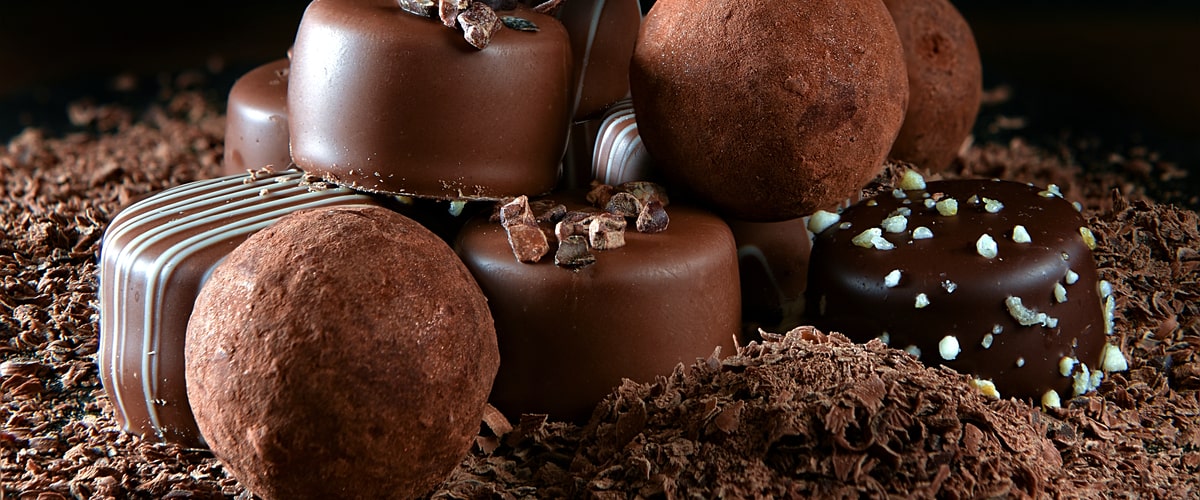
For any food enthusiast, the taste, aroma, and texture of their favorite dishes hold a special place. So, have you ever stopped to wonder how the grinding process affects all these elements? Grinding is a crucial step in food preparation, especially when it comes to spices, coffee, and wheat flour. It's the process of reducing food to smaller particle sizes using different grinding techniques. The texture, flavor, and aroma of the resulting end product are influenced by several factors, including the grinding time, the particle size, and the type of grinder used. For example, the longer the grinding time, the finer the particles, leading to a smoother texture and more intense flavors. So, do you want to take your culinary game a notch higher? Let's dive into the world of grinding and unlock its secrets!
Uncovering Tempering Techniques - Techniques for tempering chocolate and how to properly store your finished product
When it comes to chocolate, the way it's tempered can make or break the final product. But don't let the technicality of tempering intimidate you. There are various techniques that can be used, such as the seeding method or the tabling method, and each can yield equally delicious results. It's important to find the method that works best for you and your kitchen setup. And once your chocolate is perfectly tempered, how you store it is just as important. Keep it in a cool, dry place, away from any moisture or heat, to prevent it from blooming or getting too soft. With a little practice and care, you can achieve perfectly tempered chocolate every time and be well on your way to creating stunning desserts and treats.
Decorating Your Delights - Ideas for decorating with edible decorations like nuts or sprinkles
As a food blogger, I'm always on the lookout for creative ways to jazz up my desserts. And what better way to do that than by using edible decorations? Nuts, sprinkles, and other tasty toppings can take your treats from ordinary to extraordinary in no time. For example, you could sprinkle chopped pecans on top of a slice of warm apple pie for a crunchy texture and nutty flavor. Or, dip strawberries in melted chocolate and then roll them in chopped pistachios for a sweet and salty treat. The possibilities are endless with edible decorations, so let your imagination run wild and start decorating your delights today!
Wrapping with Love - Tips on wrapping finished chocolates in attractive packaging for gifts or special occasions
When it comes to sharing your homemade chocolates with loved ones or celebrating a special occasion, presentation matters. We all know that first impressions count, and when someone receives a beautifully wrapped chocolate, their excitement levels immediately heighten. So, how can you make sure your chocolates look as good as they taste? My first tip is to invest in high-quality wrapping paper or bags. This will give your chocolates a professional touch and help to protect them during transportation. You can also add a personal touch, such as a handwritten note, to show that your gift was made with love. Another great idea is to add ribbon or twine to your wrapping for an elegant finish. With a little bit of effort and creativity, your chocolates will be the talk of the town!
With the right ingredients and techniques, anyone can make delicious, homemade chocolate. From beans to bars, this guide has helped you understand all the steps required for crafting beautiful chocolates. Now that you know how to roast and grind cocoa beans, temper chocolate, top delicate delights with perfect decorations and wrap them in love using attractive packaging it's now time to get creative with Marky's Caviar and Gourmet food products and have some fun! We hope our insights have inspired your journey into mastering the art of chocolate making. Bon Appétit!




